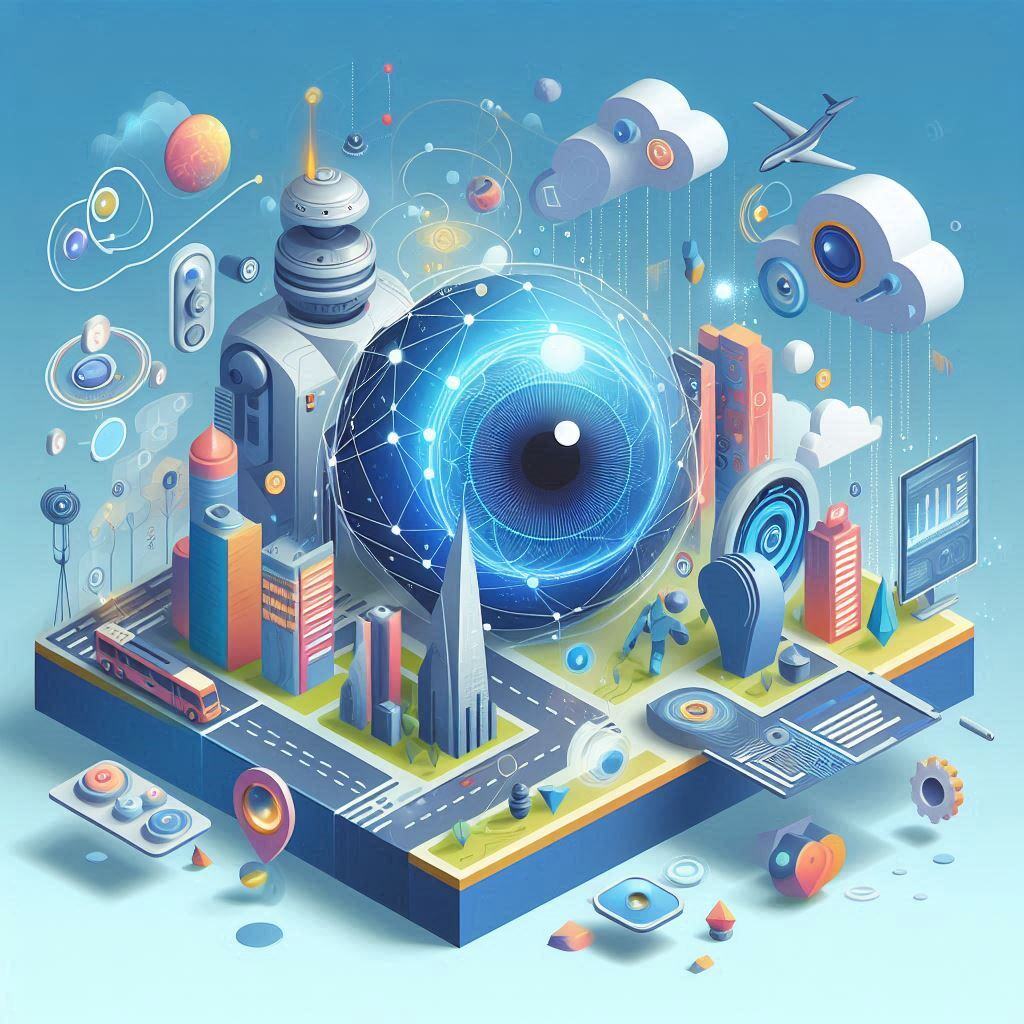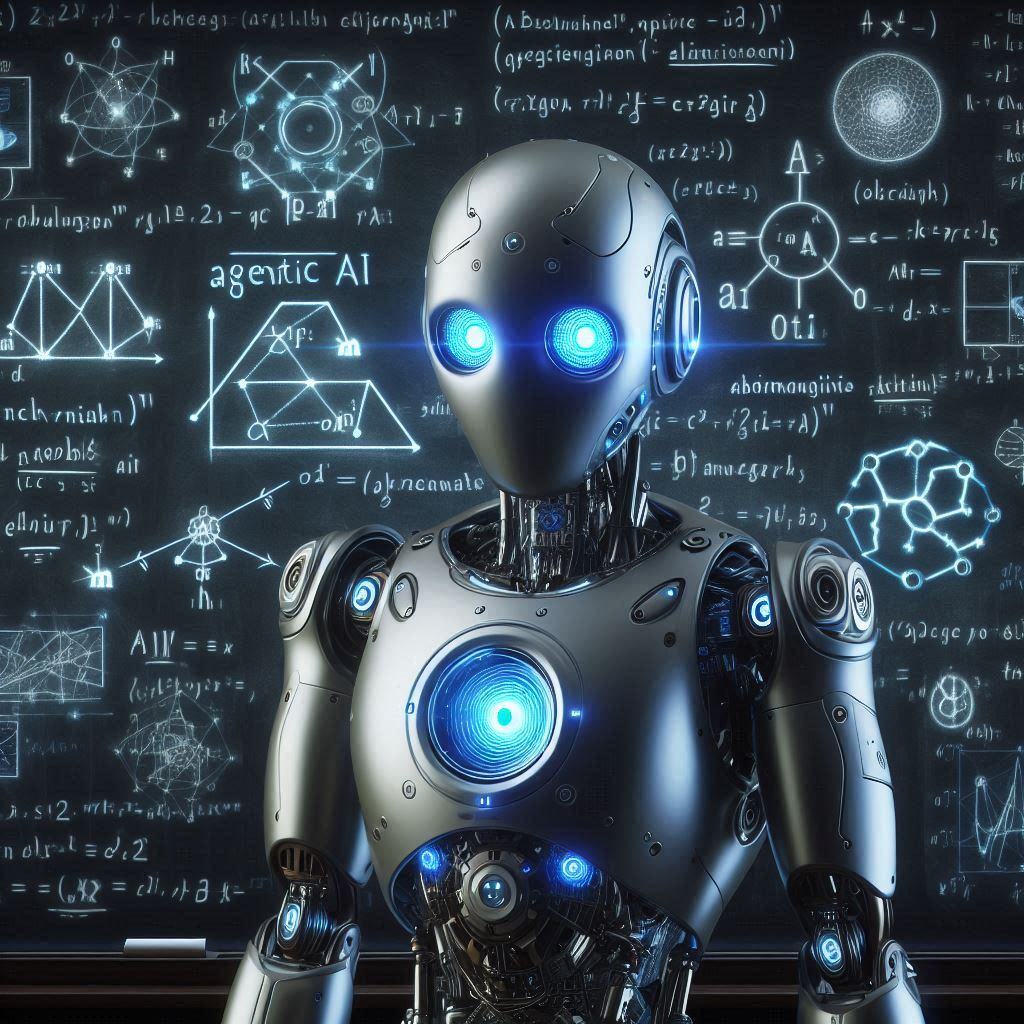5 min read
Future Trends in Agentic AI
As we wrap up our exploration of Agentic AI, let's take a moment to look ahead and see where this exciting field is headed. The world of AI is...
Multi-agent systems (MAS) represent a powerful AI approach where several agents work together to achieve complex tasks. Each agent operates autonomously but collaborates with others to optimize performance. This collaboration allows systems to handle much more complex scenarios than a single AI agent could manage alone.
Multi-agent systems are used in many AI applications to break down large tasks into manageable, specialized functions. Each agent focuses on its specific responsibility, but the magic of MAS lies in how these agents communicate and collaborate. By sharing data, insights, and updates, agents work toward a common goal while adjusting dynamically to new information.
For example, in a project automation system, one agent may handle project scheduling, another tracks progress, and a third might adjust resource allocation based on real-time performance data. The result is a more efficient and adaptive system that can manage evolving requirements without bottlenecks.
Hierarchical Collaboration
In hierarchical setups, one agent oversees others. This model is effective when different agents specialize in distinct tasks but require oversight to ensure they stay aligned with a larger objective. Think of a complex business automation where a master agent manages several other agents responsible for individual tasks like budget tracking, performance monitoring, and resource management. The master agent coordinates their efforts to ensure the project stays on schedule.
Peer-to-Peer Collaboration
In this collaboration type, agents operate on equal levels and communicate directly with each other. This decentralized model works well in environments that require flexibility and rapid adaptation. Imagine multiple agents within a data analysis tool: one cleaning the data, another structuring it, and a third analyzing it. They share updates in real time, ensuring a smooth flow of work without needing central control.
Cooperative Collaboration
Cooperative agents work together on different parts of the same task, but each agent is responsible for its part. For example, in a content optimization process, one agent may generate content, another refines it for readability, and another optimizes it for SEO. These agents are not managing each other, but their combined efforts ensure that the final content is effective and aligns with organizational goals.
Communication in multi-agent systems is key to successful collaboration. Agents must share information seamlessly to avoid redundancies and ensure timely responses. There are several ways in which agents communicate:
Direct Messaging: Agents can send explicit messages to one another to request updates or share data. For instance, if one agent finds a critical performance issue, it notifies the other agents, allowing them to adapt their tasks accordingly.
Blackboard Systems: A blackboard system acts like a shared workspace where agents can post data or updates for others to read and act upon. This is particularly useful in dynamic environments where agents need to share evolving data with multiple other agents.
Environmental Signals: Agents may communicate through signals in their environment, allowing them to detect changes and make decisions based on those inputs. For example, in a network monitoring system, if one agent detects a spike in traffic, it alerts others to investigate potential security risks or allocate additional resources.
Effective coordination ensures that tasks don’t overlap and that all agents work toward the system's overall goal. There are two main strategies used in MAS:
1. Centralized Coordination
In a centralized system, one agent is responsible for assigning tasks and monitoring progress. This model works well in environments with straightforward objectives, where a high degree of control is needed to avoid duplication of efforts. For example, in project management, a lead agent could monitor progress across multiple departments and assign specific tasks to other agents as the project moves forward.
2. Decentralized Coordination
In decentralized systems, agents operate independently and adjust their behavior based on interactions with other agents. This approach allows for more flexibility and scalability, especially in fast-paced environments where quick decisions are required. For instance, in real-time ad bidding, each agent could manage a different market and adjust strategies based on the real-time performance of other markets.
Multi-agent collaboration is especially useful in environments that require ongoing optimization and scalability. Take automated campaign management as an example. One agent might manage ad placements, another optimizes spend, and another tracks performance data. These agents continuously interact, sharing insights and adjusting strategies based on real-time data. By working together, they ensure that the campaign performs at its best without manual intervention.
In content creation workflows, multiple agents can handle different stages of the process. One agent generates the content, another checks for errors, and another optimizes it for search engines. Their collaboration results in polished, high-quality output faster than any single agent could achieve.
As AI technology evolves, multi-agent systems will play an even larger role in managing complex environments. Whether it’s through real-time communication in large-scale automation projects or adaptive coordination in fast-changing industries, MAS will become integral to how we manage and optimize workflows.
MAS enables greater flexibility, scalability, and responsiveness, making it ideal for organizations looking to enhance operational efficiency without needing constant manual oversight. As systems become more advanced, MAS will become the cornerstone of intelligent automation, driving innovation and efficiency across industries.

5 min read
As we wrap up our exploration of Agentic AI, let's take a moment to look ahead and see where this exciting field is headed. The world of AI is...

3 min read
Agentic AI represents a significant evolution in artificial intelligence by empowering AI systems to act autonomously, make decisions based on...

4 min read
In this lesson, we'll focus on how Agentic AI, specifically multi-agent systems, is practically applied in business environments. Rather than simple...

Use the agents as they are or easily customize them for your workflows with AI Studio by Integrail.

Use Integrail Benchmark Tool to find the most efficient models and test your own agents.